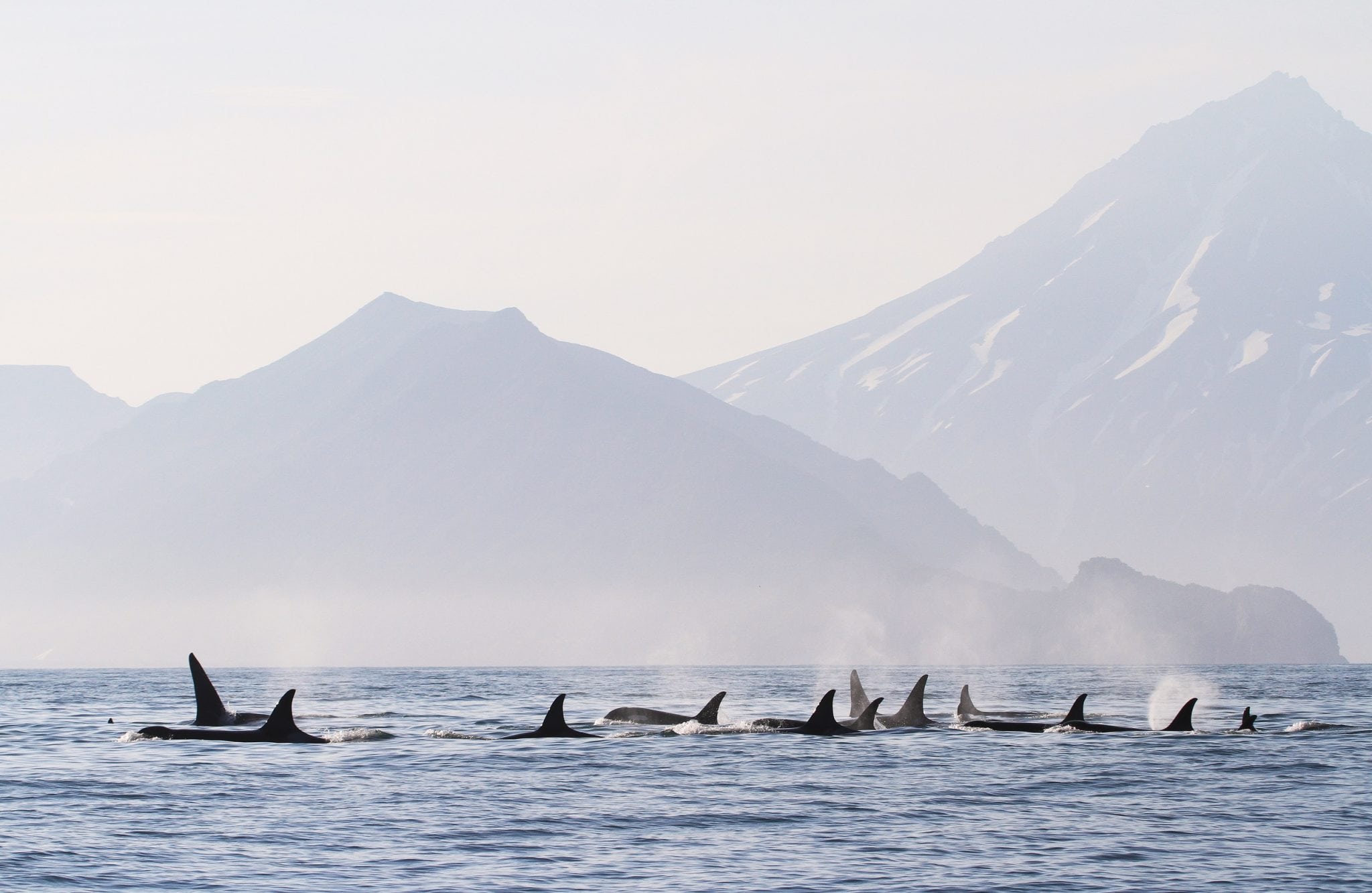

“I nearly fell out of the boat," Hoyt said. Serveral whales responded by echoing his synthesizer. So we thought if we could use a synthesizer that might be a novel way to get their interest.” We knew that there’s echolocation that goes on and there’s some kind of communication. On using synthesizer sounds to lure orcas for a film shoot: “We had the sense they were acoustic creatures. Hoyt and others recorded some of the earliest encounters with orcas in the wild. It was a time before much was known about orca behavior or intelligence, when most observation was of whales that had been captured and sent to aquariums. Hoyt's early work coincided with that of Michael Bigg, who pioneered the photo-identification technique still used to track orca populations here and around the world. He took a break from a series of speaking events to talk about the book with environment reporter Bellamy Pailthorp. Hoyt is the author of the book, " Orca: The Whale Called Killer," which recently was updated and expanded in a fifth edition. "And then after a few years seeing that these were actually long-term families – pods – you know, getting the larger picture of communities.” We were just trying to piece it together," Hoyt said. “We found every time we went out, they were doing different things. He says it took several years of coming back every summer before he really started to get a sense of how they live. Hoyt knew next to nothing about the iconic whales when he first started studying them in the 1970s, back when they were abundant in the Salish Sea. Two pods of the scarcely seen Southern Resident orca population showed up in the waters off Seattle within just a few hours of author Erich Hoyt’s return to the Pacific Northwest for his book tour.


 0 kommentar(er)
0 kommentar(er)
